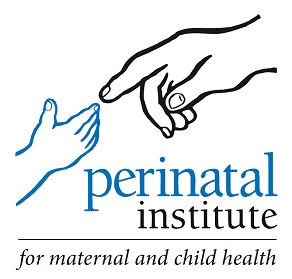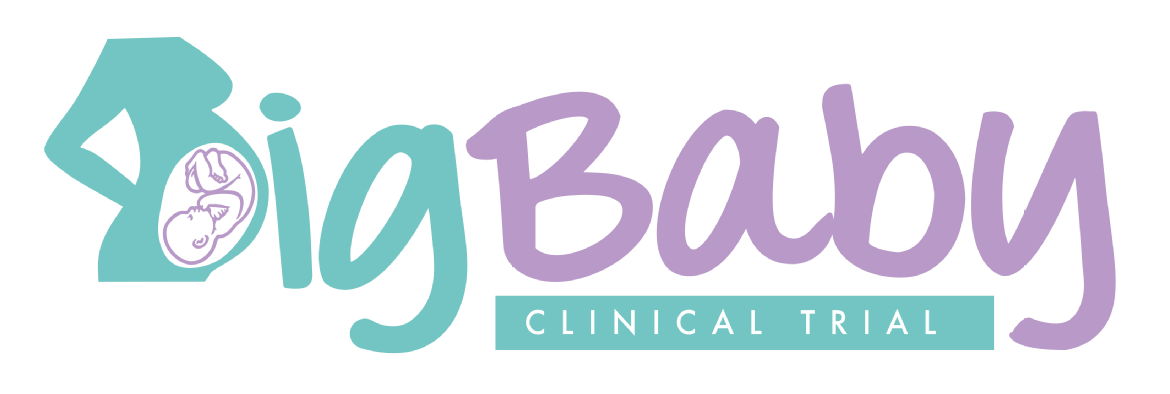Information For Health Professionals
Scientific Abstract
Introduction:
Large for gestational age babies have an increased risk of shoulder dystocia (a vaginal cephalic delivery that requires additional obstetric manoeuvres to deliver the fetus after the head has delivered and gentle traction has failed). Shoulder dystocia can result in birth injury for the baby and the women. Current guidelines from the Royal College of Obstetricians and Gynaecologists (RCOG) recommend no antenatal intervention if a large for gestational age baby is suspected, but a recent randomised controlled trial from France and subsequent Cochrane Review found that induction at 37-40 weeks reduced the incidence of shoulder dystocia and associated problems.
Aim:
We will investigate whether a policy of induction of labour at 38+ weeks gestation in women with babies considered large for gestational age (>90th customised centile of estimated fetal weight) will reduce the incidence of shoulder dystocia.
Method:
Multicentre prospective randomised controlled trial, with induction of labour at 38+ weeks or expectant management of fetuses found to be large for gestational age at ultrasound scan between 35 and 38 weeks. Recruitment will take place in NHS hospitals that use the RCOG recommended customised GROW charts for fetal growth assessment; these charts adjust for physiological maternal characteristics and thereby improve the prediction of abnormal outcomes. The trial will run over 60 months, including a two year recruitment period to enrol 4000 women identified as having large for gestational age pregnancies.
Evaluation:
The incidence of shoulder dystocia is the primary outcome, with assessment of the validity of the diagnosis, for all randomised women, by an independent expert group. Secondary outcomes will include birth injury, fractures, neonatal asphyxia, maternal haemorrhage, perineal trauma, caesarean section rate, and length of inpatient stay of mother and baby. To inform the interpretation of the findings and where outcomes make a clearly related set, composite outcomes for intra-partum birth injury, prematurity and maternal intra-partum complications will be reported. There will be a maternal and paternal experience survey and a thorough health economic assessment, comparing the cost of the intervention with savings through prevention of shoulder dystocia and other maternal or neonatal complications. We will also seek to collect information about pregnancy outcomes of eligible women who declined to be randomised.
Outcome:
This trial will help to answer an important question concerning the possibility of preventing serious adverse outcome of pregnancy and labour within the context of routine NHS maternity care. It will inform healthcare policy nationally and internationally and provide important information for maternal choice.




